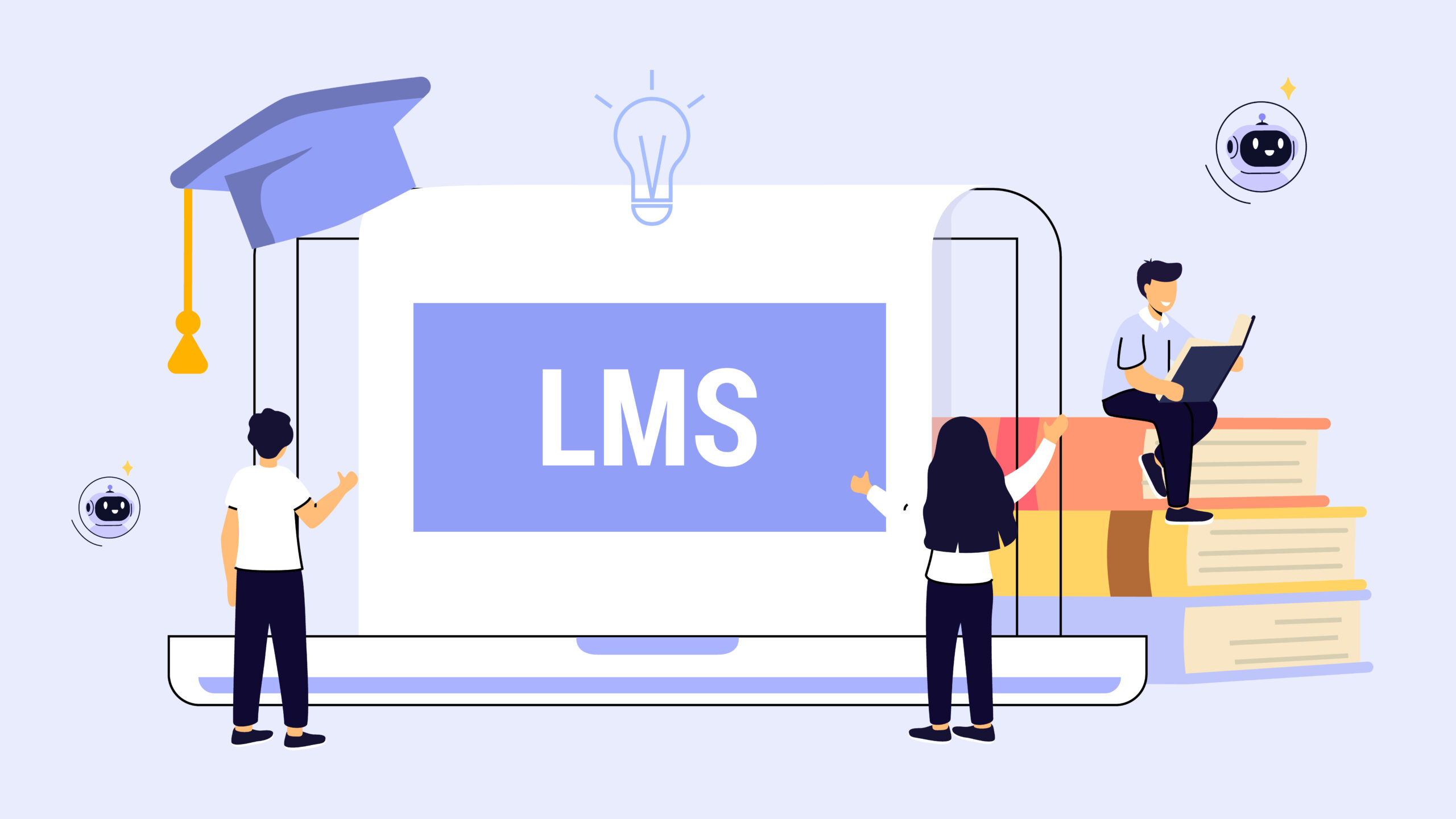KPI Gamification Part 1 - How to Select KPIs
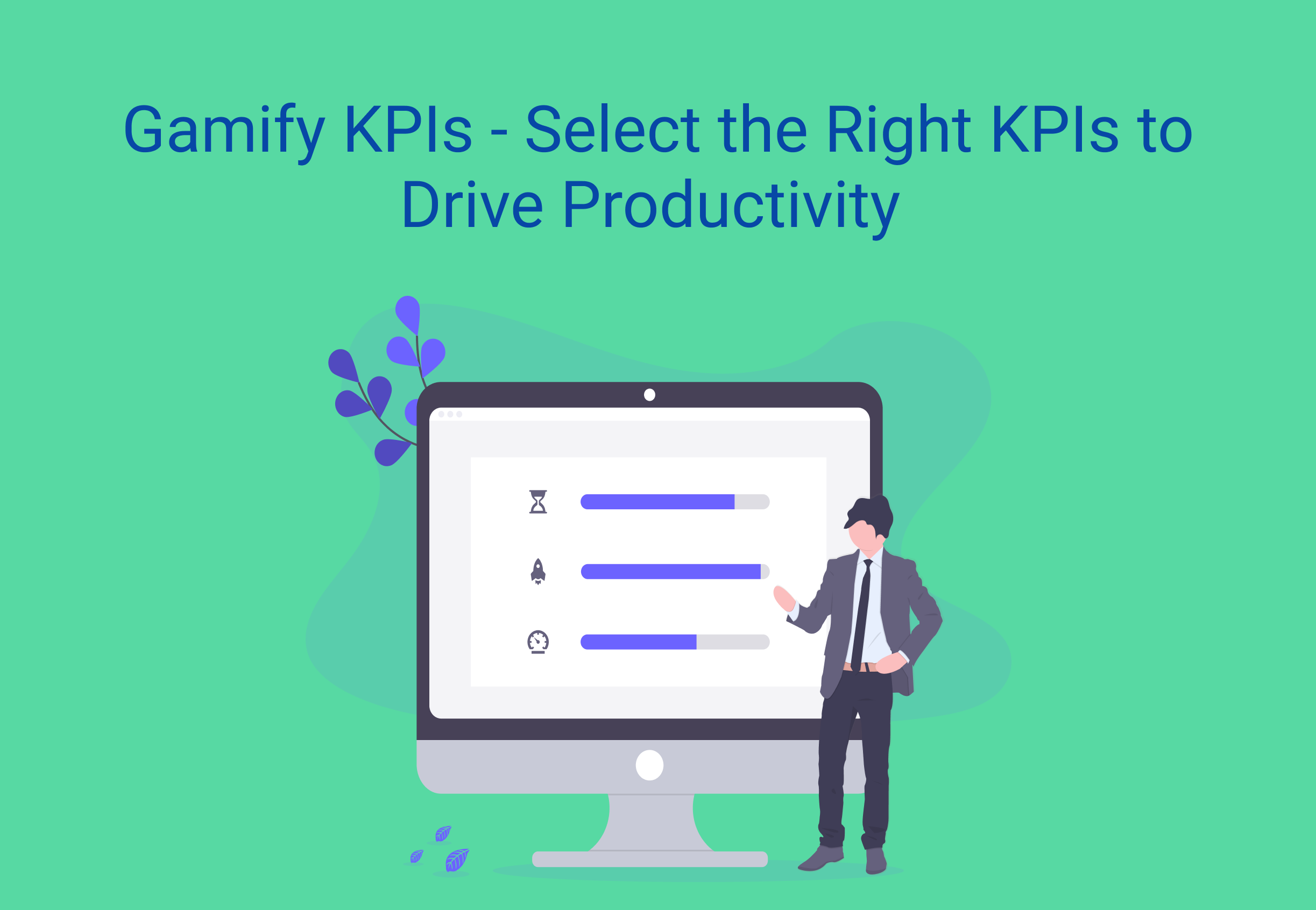
Gamification in the workplace is a new trend that almost every organization is following today in order to improve engagement and productivity of their employees. So what is gamification and how can it have a measurable effect on Key Performance Indicators (KPI)?
What is gamification?
Gamification uses the winning techniques of sports and recreation and applies them to the workplace to increase profitability, productivity, personal satisfaction, and success. The concept of gamification has been around for 40 years now. Employee-based gaming techniques have been used by companies like Microsoft, Coca-cola, and AT&T to motivate, engage and drive the productivity of their employees.
A gamification platform uses rewards like points, badges, and levels that get assigned to the employees for their achievements. These rewards can be put up on a leaderboard where everyone can see who the top performers are. This builds a healthy competition among the participants, engages them and motivates them to be more productive.
What is KPI Gamification?
Organizational success is measured in terms of achieving targets or key performance indicators (KPI). KPIs are set at an organization level, then tailored for each business unit, business function and ultimately, an individual employee.
The question is – can you enable your teams to achieve even higher targets?
The answer lies in gamification. Gamification can be used to drive KPI’s to motivate employees, increase their productivity and help them perform even better in their job.
Which KPI should you select?
Before starting a gamification project, it is important to choose right KPI’s and measure them accurately depending on your business needs. For instance, call centers might set KPIs based on faster call turnover and the sales department might set KPI’s based on the leads generated or deals closed.
Additionally, in gamification, KPIs are important in defining the game rules. A gamified KPI project is an excellent opportunity to communicate corporate goals to employees and to align them with those goals.
Properly implemented, enterprise gamification can bridge the gap between employee motivation and the quest for productivity gain.
So here are various KPI’s that you can choose for improving the productivity of your employees based on various business scenarios.
| KPI Name | KPI configuration | Business scenario |
|---|---|---|
| Appointments | 10 points for every appointment | Lead generation/ Outside Sales |
| Calls Made | 5 points for every successful call with a prospect/lead | Lead generation/ Inside Sales/Customer service |
| Cases resolved | 25 points for every case resolved | Customer Service |
| Emails Sent | 2 point for every email sent to a lead | Lead generation/ Inside sales/ Customer service |
| Leads Created | 20 points for every new lead record created | Lead generation/ Outside Sales |
| Opportunities Created | 30 points for every new opportunity created | Lead generation/ Outside Sales |
| Pipelines Added | 5 point for every $1,000 potential revenue added to a sales pipeline | Inside sales/ Outside sales |
| Revenue Won | 10 points for every $1,000 confirmed revenue | Inside sales/ Outside sales |
| Tasks Completed | 30 points for every completed task | Customer Service |
Process KPIs and Performance KPIs :
While selecting KPI’s, it is also crucial to create a distinction between process KPIs and performance KPIs. A process KPI is a behavior you’d like to change. For instance, increase quality reporting into the CRM system, which can, in turn, enable you to make better quality sales forecasts. A performance KPI can be the result of a process KPI (but not necessarily) – for example, increase more sales.
Select a well-balanced set of KPIs that will help to achieve a specific business objective. For example, the business objective could be increase sales of product 1 or drive the launch of the new product. And then the right KPIs will follow instantly.
Scale of points for different KPI’s :
You can prioritize the KPI’s based on your preferences by assigning a scale of points to them. More important KPI’s can have higher points, while less important ones can have lower points. For example, in sales, the sales reps can be awarded 5 points for a successful call with a prospect and 100 points for successfully closing the deal.
Gamification can work wonders in motivating and improving the performance of your employees. But in order to get the expected results, gamification has to be implemented with clearly defined and measurable KPI’s. The success or failure of a gamification program lies in the design, purpose of the program and the KPI’s linked to it.
So, initiate a well-designed game with your key performance indicators in mind and keep an eye on the results. The best thing about games is that there will always be a winner. In the case of gamification, the winner is the company with the best-designed programs linked to the right KPIs.
Want to know the crucial KPIs that should track in your industry?
Insurance – KPIs to track in the Insurance Industries
Medical devices – Top KPIs to track in the Medical Devices Industry
Want to know how gamification helps in accelerating your employee engagement? Read the below articles to find out:
Accelerate Your Sales Performance Through Gamification
Gamification and Employee Engagement: the Why and the How
Improve Employee Engagement of your Remote Teams with Gamification
SmartWinnr: #1 Easy to Use Sales Gamification Software
SmartWinnr is an AI-powered gamification platform that helps you to improve your sales team’s knowledge and performance by up to 80%.
You can run the most effective, engaging, hustle-free, and automated contests with the help of SmartWinnr. No tedious excel calculations, live leaderboards, and many more.
Curious to see SmartWinnr in action? Book a demo with us today!
Related Posts
Christmas contests for Retail Stores
Christmas is certainly the most exciting time of the year for a lot of people. Especially, for the shoppers and...
Christmas themed Sales Contest names for Retail Stores
Who doesn’t like Christmas shopping? I mean while there could be a few exceptions here and there, most people love...
Christmas-themed Retail Sales Team Names
Companies are spending billions of dollars to train their sales team. However, we often find our customers at SmartWinnr complain...
Easy to Use Sales Gamification Software
SmartWinnr is an AI-powered gamification platform that helps you to improve your sales team’s knowledge and performance by up to 80%.
You can run the most effective, engaging, hustle-free, and automated contests with the help of SmartWinnr. No tedious excel calculations, live leaderboards, and many more.
Curious to see SmartWinnr in action? Book a demo with us today!
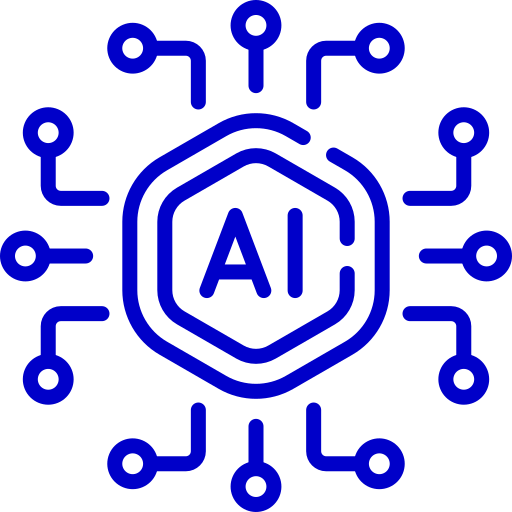 Two way AI Role Plays
Two way AI Role Plays Targeted Learning
Targeted Learning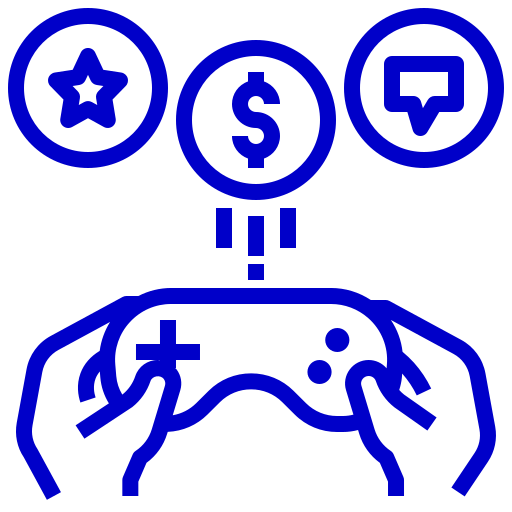 Gamification
Gamification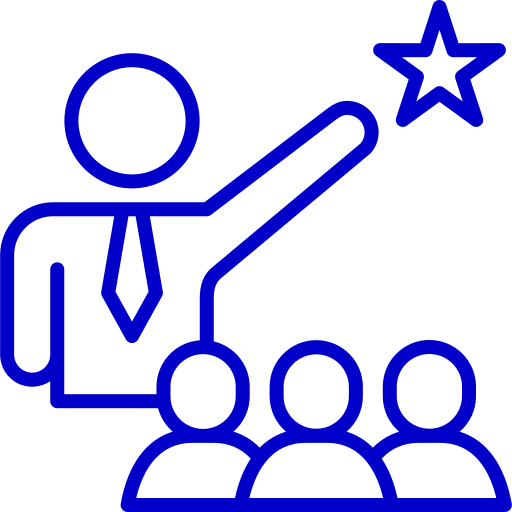 Sales Coaching
Sales Coaching Sales Contest
Sales Contest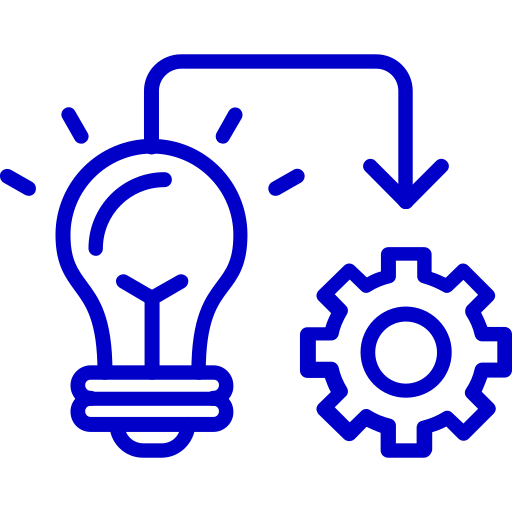 Implementation
Implementation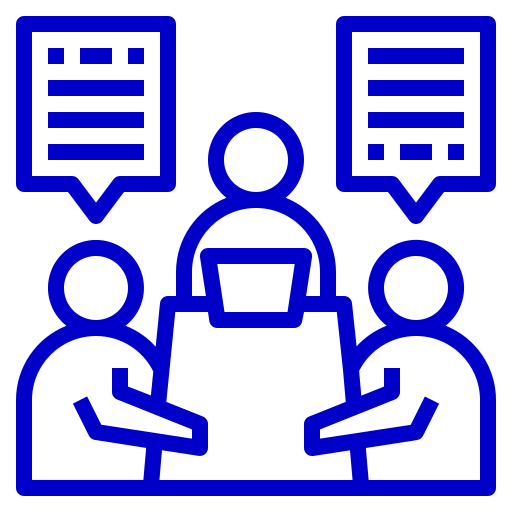 Consulting
Consulting Enterprise Ready
Enterprise Ready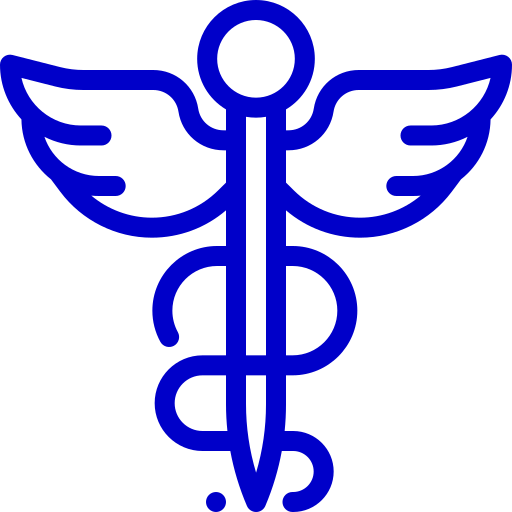 Pharmaceuticals
Pharmaceuticals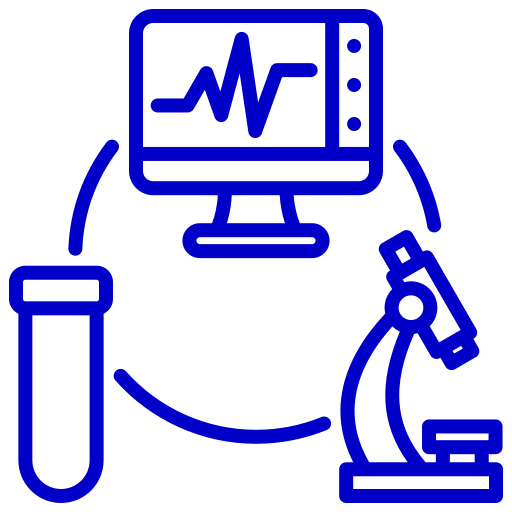 Medical Devices
Medical Devices Insurance
Insurance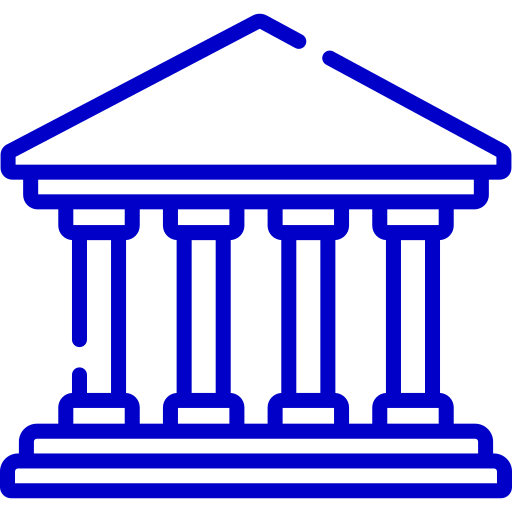 Banking
Banking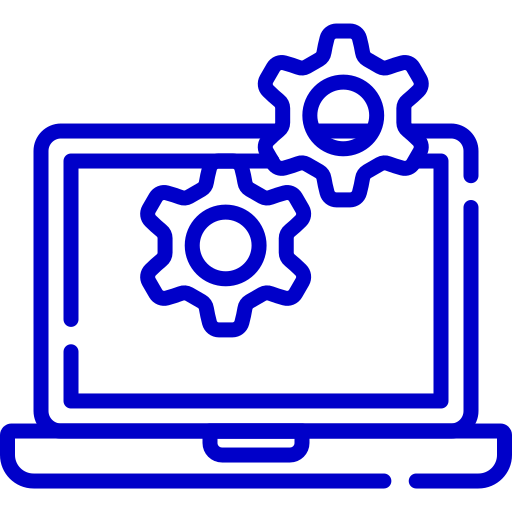 Technology
Technology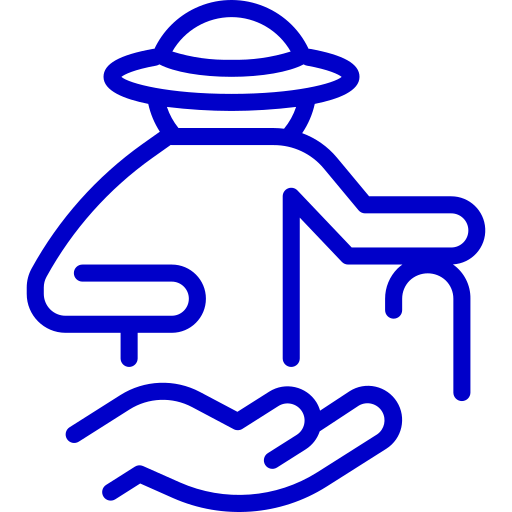 Senior Living
Senior Living Sales
Sales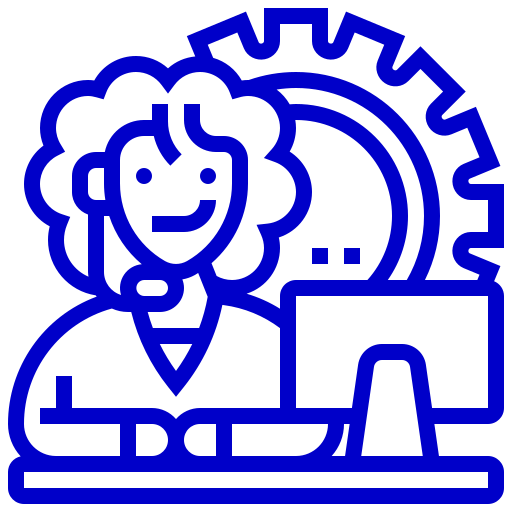 Call Centers
Call Centers Marketing
Marketing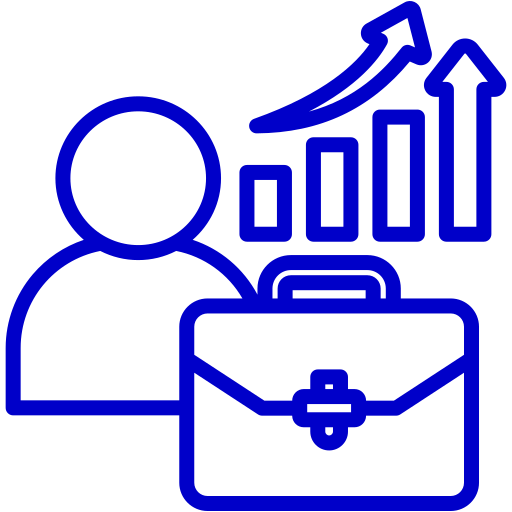 Improve Sales Productivity
Improve Sales Productivity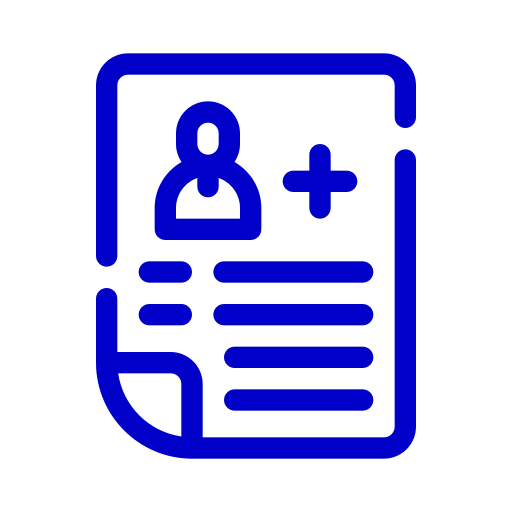 New Hire Onboarding
New Hire Onboarding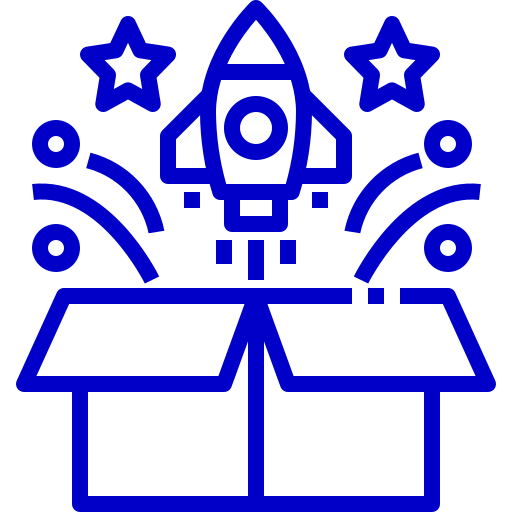 New Product Launch
New Product Launch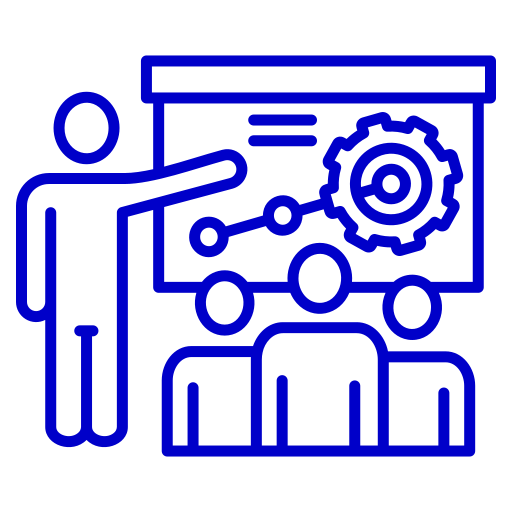 Channel Partner Training
Channel Partner Training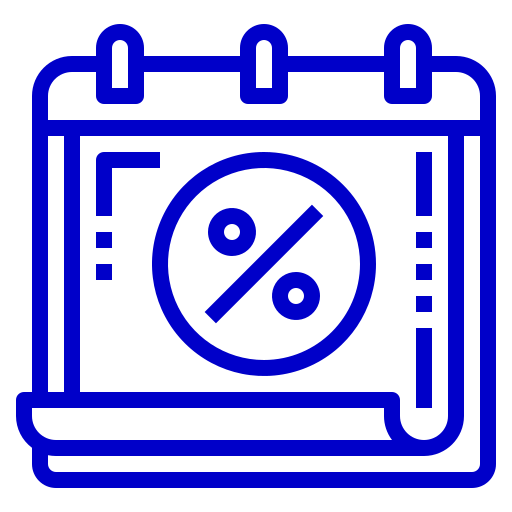 Sales Events
Sales Events Success Stories
Success Stories Whitepapers and eBooks
Whitepapers and eBooks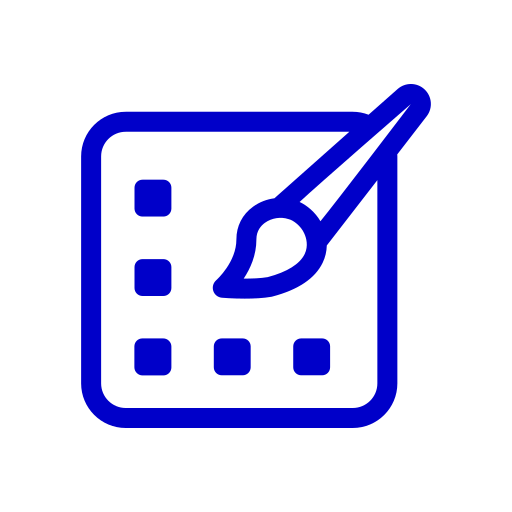 Contest Template Designer Tool
Contest Template Designer Tool Sales Training
Sales Training Gamification
Gamification All Blogs
All Blogs